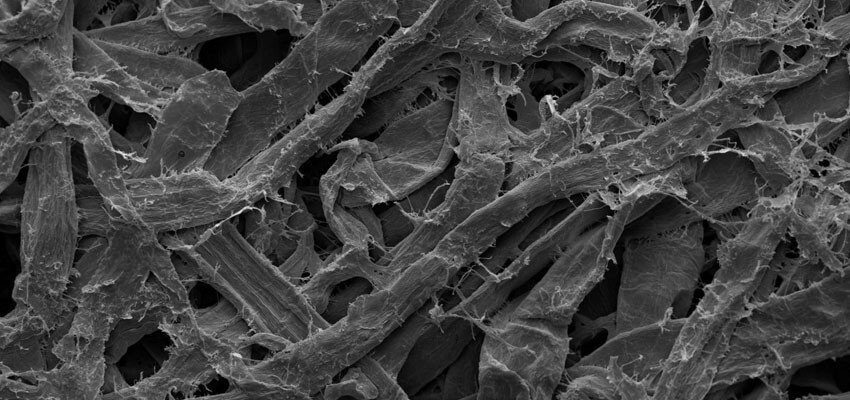
Lamination of Transformerboard using the structural elements of cellulosic fibers
Abstract Today, manufacturing of Transformerboard sheets with thicknesses greater than 8 mm is limited due to economic reasons. Therefore, Transformerboard sheets are glued together if...
byTobias Wolfinger

Abstract
Today, manufacturing of Transformerboard sheets with thicknesses greater than 8 mm is limited due to economic reasons. Therefore, Transformerboard sheets are glued together if greater thicknesses are required. In most cases, the adhesives are polyester or phenolic resin or casein; the latter is a natural, water based solution. By using these types of products, there are several disadvantages e.g. styrene emission and solvents for equipment cleaning. Furthermore, the glue line of conventionally laminated products acts as oil and water vapour barrier. WEIDMANN Monoblock is a new generation of laminated board extending the thickness range of solid insulation material using 100 % the components from the origin pulp fiber. Moreover, the glue line of WEIDMANN Monoblock does not act as oil or water vapour barrier.
Introduction
Today, the materials a transformer is made of are in essence copper, steel, oil and solid insulation, mainly paper and pressboard based on unbleached softwood sulphate pulp. Sometimes laminated wood is used, too. Each of these materials fulfils its task to ensure a safe, efficient and reliable operation. Because the economic manufacturing of board sheets as today is limited to about 8 mm thickness, pressboard sheets need to be glued together for obtaining thicker pressboard sheets, namely laminated pressboard. Gluing Transformerboard sheets to thicknesses up to 300 mm entails complex process methods and process steps to ensure a high quality product. In addition, the process requires some kind of adhesive. These are e.g. polyester- and phenolic resins, or polyester impregnated films.
Furthermore but to a lesser extent, casein based adhesive is used, too. Coming back to the enumeration before, the transformer will hence contain in addition chemicals which were used for lamination. To reduce the number of required materials building a reliable transformer and reducing risks of unexpected side or correlation effects with unknown quantities of materials with unknown ingredients, a new generation of thick Transformerboard has been developed which consists of cellulose only, called WEIDMANN Monoblock. This new pressboard, which is based on an aqueous lamination system, is completely environmental friendly and recyclable, shows outstanding electrical behaviour and a bonding zone which does not act as oil or water vapour barrier.







